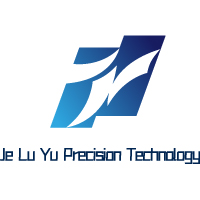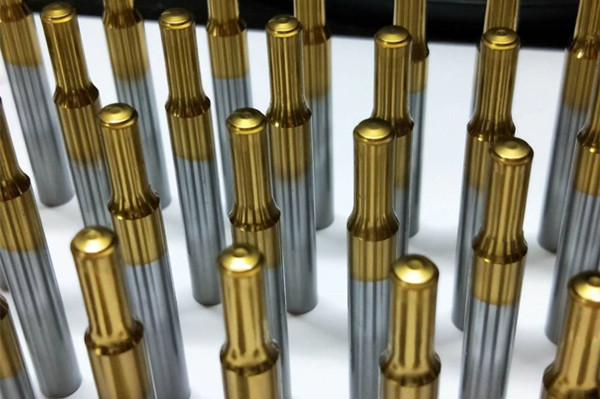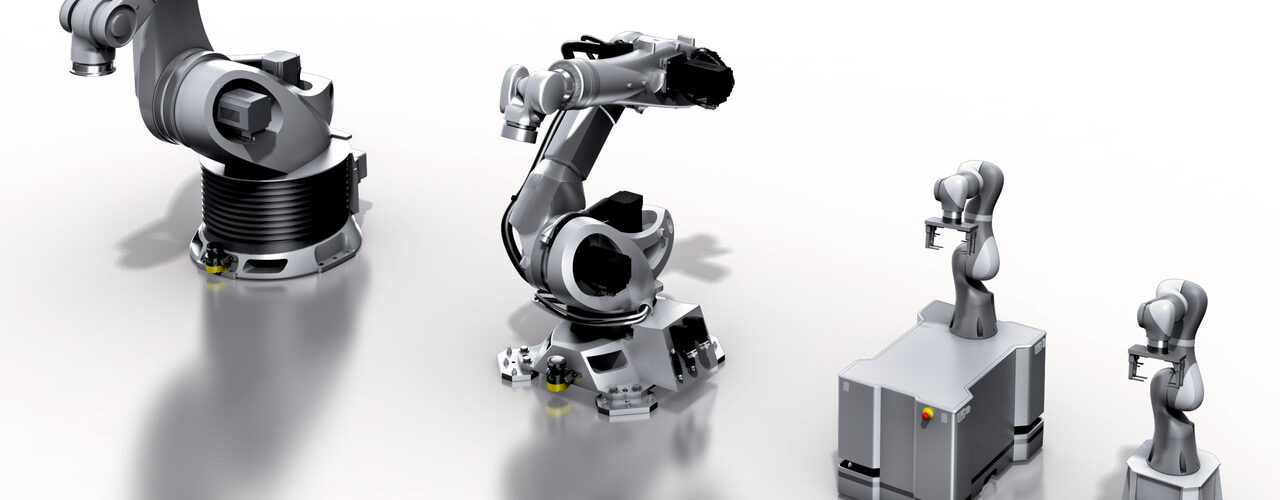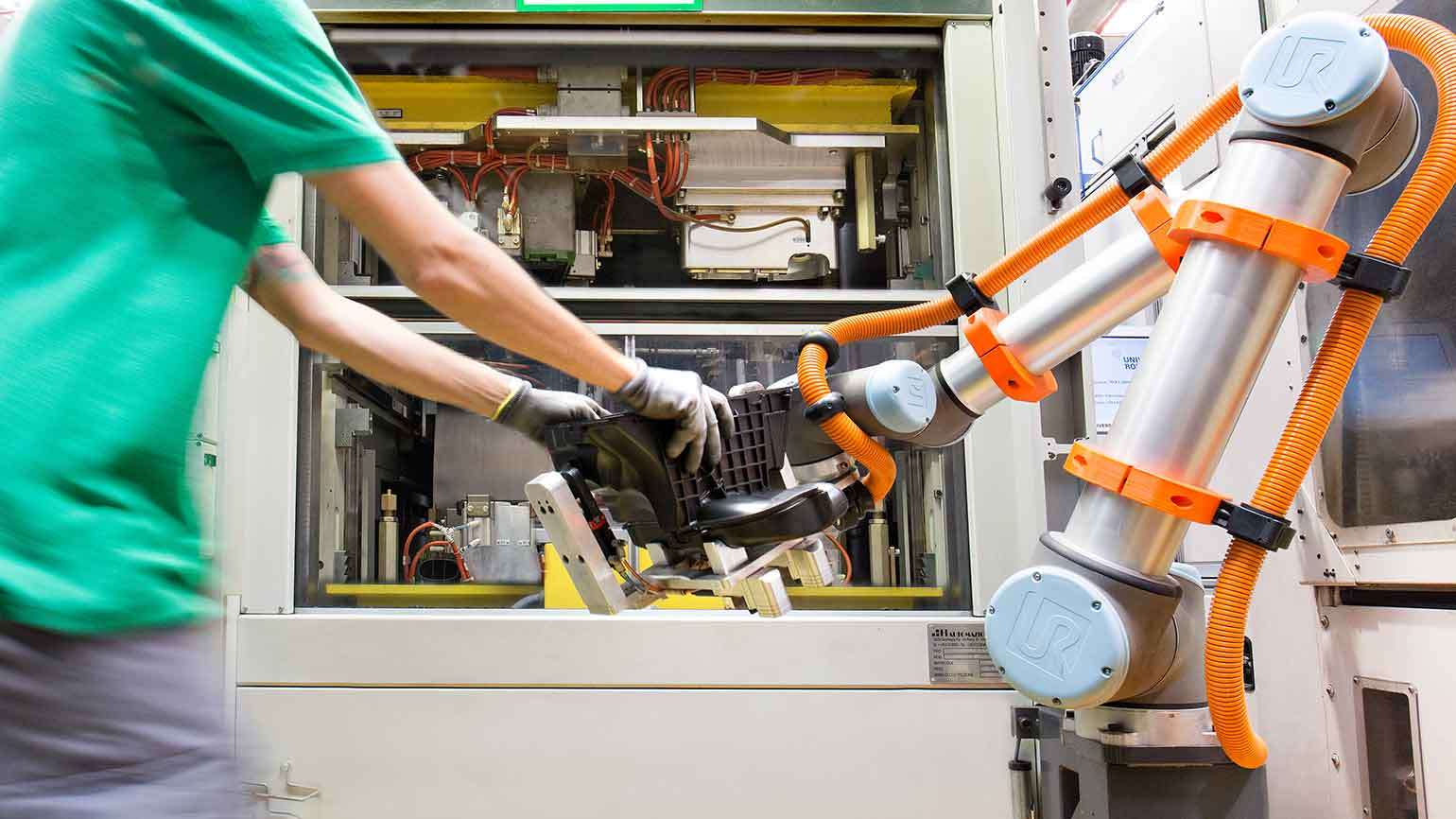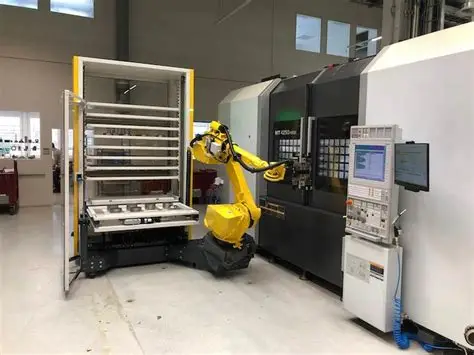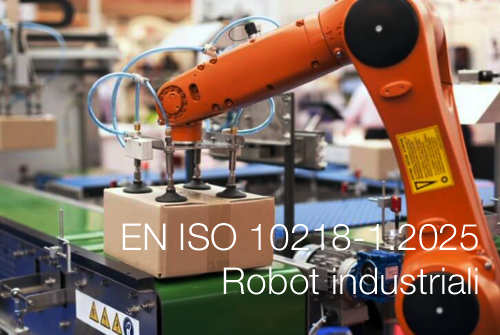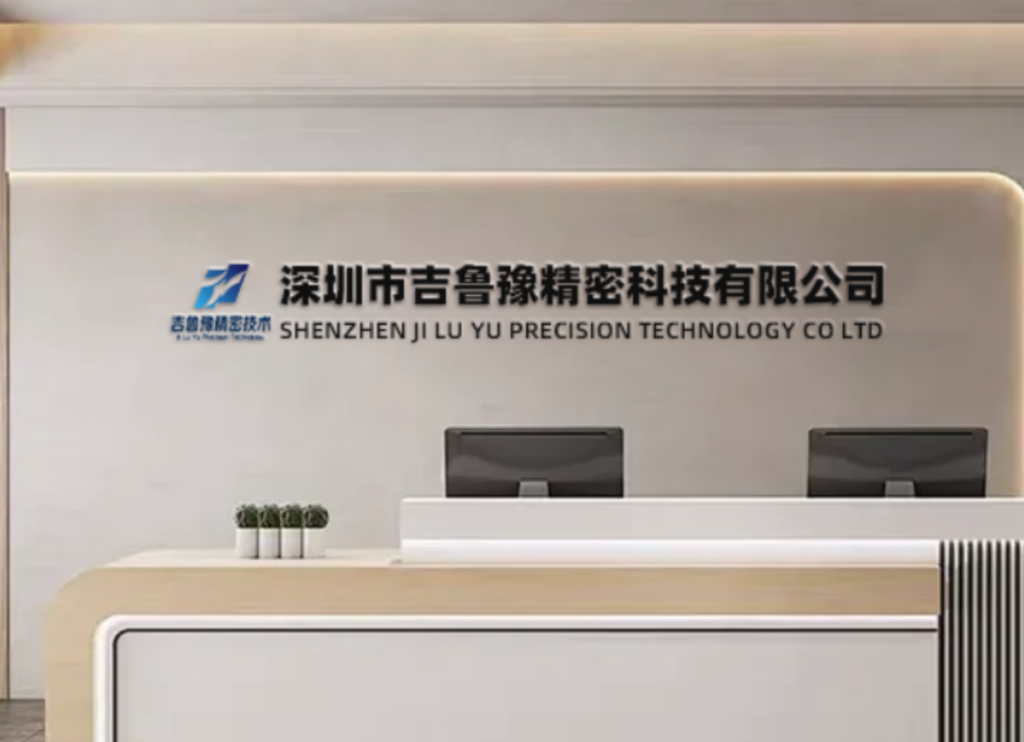What Is PVD Coating? A Deep-Dive Guide for Surface Finishing Professionals
1. What Is PVD Coating?
PVD, or Physical Vapor Deposition, is an advanced technique widely utilized in various industries, including aerospace, automotive, and electronics, to enhance surface properties such as hardness, corrosion resistance, and aesthetic appeal. It involves the deposition of thin films of material onto substrates through vaporization and condensation processes. In this section, we will explore the significance of PVD coating, its applications, and why it is a preferred choice over traditional coating methods.
| Attribute | Electroplated Ni | Spray Paint | PVD Coating |
|---|---|---|---|
| Thickness | 5–50 µm | 25–100 µm | 5 nm–5 µm |
| Hardness (HV) | 700 | 200 | 2 500–3 500 |
| Max Temp (air) | 300 °C | 150 °C | 1 000 °C |
| Friction vs. steel | 0.3 | 0.4 | 0.04–0.08 |
| REACH | Restricted | Limited | ✔ |
| Dimensional change | ±10 µm | ±25 µm | < ±5 nm |
2. How PVD Works – Atom-by-Atom
| Step | Vacuum Level | Temperature | What Happens |
|---|---|---|---|
| 1 Pre-clean | 10⁻³ mbar | 25 °C | Plasma removes oil & oxide |
| 2 Bond layer | 10⁻³ mbar | 200 °C | 50 nm Cr or TiN for adhesion |
| 3 Deposition | 10⁻⁴ mbar | 150–500 °C | Vapor atoms condense, form film |
| 4 Post-polish | Air | 25 °C | CMP or ion-beam finish Ra ≤ 0.01 µm |
3. PVD vs Other Surface Finishes (2024 Benchmark)
Moreover, PVD coatings are environmentally friendly compared to traditional coatings that often utilize harmful chemicals. This aspect not only reduces the environmental impact but also ensures compliance with stringent regulations such as REACH and RoHS, making PVD a sustainable choice for manufacturers aiming to decrease their carbon footprint.
| Method | Thickness (µm) | Hardness (HV) | Salt-Spray (h) | Max Temp (°C) | Typical Use |
|---|---|---|---|---|---|
| Electroplated Ni | 25 | 700 | 48 | 300 | Decorative trim |
| Thermal Spray | 100 | 1 000 | 200 | 800 | Boiler tubes |
| HiPIMS TiAlCrN | 2 | 2 900 | 1 200 | 1 000 | Turbine blades |
| Filtered Arc ta-C | 0.5 | 3 000 | 1 000 | 400 | Medical drills |
| Reactive CrAlON | 1 | 2 400 | 800 | 600 | EV motor punches |
4. Three 2024 Case Studies
To provide a clearer understanding of PVD’s effectiveness, consider real-world applications.
Case 1 – EV Motor Punch
In the first case study, the PVD coating used in an EV motor punch demonstrated significant improvements in tool life and efficiency. By applying a specific stack of CrAlON and a-C:H, the company achieved a remarkable fourfold increase in tool longevity. This not only reduced production costs but also improved operational efficiency, showcasing PVD’s value in high-demand environments.
-
Client: US EV Tier-1
-
Problem: 0.35 mm electrical steel sticking at 400 °C
-
Stack: 1.8 µm CrAlON + 50 nm a-C:H
-
Result: Tool life 4× longer, scrap −40 %
Case 2 – Medical Staple
In another example, a medical technology startup faced challenges with piercing low-friction materials. Utilizing a ta-C and Cr adhesion layer enabled reduced penetration forces by 25%, facilitating smoother operations in sensitive medical applications. This case emphasizes PVD’s adaptability across diverse sectors.
-
Client: US MedTech startup
-
Need: Low-friction 316L piercing
Furthermore, the application of multilayer coatings in smartphone EMI shields has proven beneficial. By addressing EMI leakage issues, the PVD-coated parts ensured compliance with safety regulations, highlighting the technique’s role in enhancing device performance while meeting industry standards.
-
Stack: 300 nm ta-C + 30 nm Cr adhesion layer
-
Result: Penetration force −25 %, CE mark granted
Case 3 – Smartphone EMI Shield
-
Client: Global mobile OEM
-
Issue: 6 GHz EMI leakage in SiC inverter
-
Stack: 150 nm Ag/Ni/Cr multilayer
-
Result: Shielding 85 dB @ 6 GHz, CISPR 25 passed
5. Step-by-Step PVD Process – From CAD to Coated Part
| Step | Actions | KPIs | Lead Time |
|---|---|---|---|
| 1 | Design Review | CAD + CFD + DOE | 24 h |
| 2 | Prototype | 1–10 pcs | 48 h |
| 3 | Validation | CT, CMM, salt-spray | 5 days |
| 4 | Scale-Up | SPC, poka-yoke | 2 days |
| 5 | Production | 24/7 lights-out | 7–10 days |
| 6 | QA | Calot, CpK ≥1.67 | 12 h |
6. Global Standards & Sustainability
As industries continue to evolve, the reliance on sustainable practices becomes increasingly important. PVD’s minimal waste production and energy efficiency align perfectly with modern manufacturing needs. The ongoing innovations in PVD technology also promise even greater enhancements in speed and coating uniformity, which are crucial for mass production.
-
ISO 9001:2015 / IATF 16949 / ISO 13485
-
REACH, RoHS, FDA 21 CFR §175.300
-
Energy: 0.45 kWh per m²
-
Waste: Zero liquid effluent
7. FAQs
Considering the rapid advancements in technology, it is crucial for professionals in surface finishing to remain informed about emerging trends. PVD coatings are constantly being refined, and new materials are being tested to expand their applicability. Keeping abreast of these developments ensures that industries can leverage the best possible solutions for their needs.
A: Yes—metallised PEEK, PEKK, LCP.
A: 800 mm Ø × 1200 mm L.
A: 1 piece.
8. How to Get a Quote
In conclusion, PVD coating not only provides superior surface finishing but also supports sustainability and regulatory compliance. As industries prioritize efficiency and environmental responsibility, understanding what is PVD coating will help professionals make strategic decisions that align with their operational goals.
-
Email [email protected] with STEP/IGES.
-
Specify substrate, load, temperature.
-
Receive DFM + stack + quote within 48 h.
-
No MOQ; volume discounts from 100 pcs.
Contact JLY Precision Tech—the China expert who can explain what PVD coating is and deliver it tomorrow.
